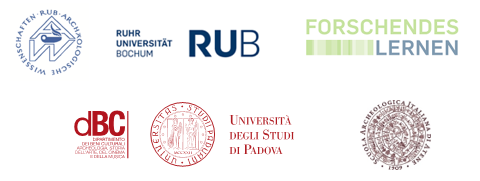Contact Person: Dr. Anna Bertelli
The Apollo Pythios sanctuary in Gortyn (Fig. 1a), the former capital of the Roman province of Creta et Cyrenaica, is home to the so-called Edificio C, a small building measuring less than 4 x 4 m (Fig. 1b). The building is characterized by an outer square floor plan and a round interior and was uncovered around twenty years ago during investigations by the Italian Archaeological School of Athens. This combination of round and square architectural elements is unique. Due to later superstructures with Byzantine residential buildings, the building can only be reconstructed to a limited extent. It therefore remains unclear what the building might have looked like in its original form. The design of the rising architecture—whether the building had windows or how the roof was constructed, for example—remains a mystery. The function of the building, its dating or history of use, and finally the nature of its integration into the Apollo Pythios sanctuary also remain uncertain. However, the finds from the building itself and test excavations in its immediate vicinity can help to remedy this situation and be decisive for a more detailed analysis of this structure and its interpretation.
Of particular significance here are numerous Roman oil lamps depicting discs, which were brought to light within the building in 2007 during research conducted by the Università degli Studi di Siena. After the excavation, the finds were placed in storage and have not yet been systematically evaluated. The lamp collection includes numerous reconstructable pieces as well as several completely preserved specimens and therefore offers great potential.
These very Roman oil lamps are also the focus of a research project at the Ruhr University Bochum, led by Dr. Anna Bertelli, which is being carried out in cooperation with the Università di Padova in Gortyn under the direction of Prof. Dr. Jacopo Bonetto – made possible by the Scuola Archeologica Italiana di Atene (SAIA) and the Greek Ministry of Cultural Heritage and Activities.
A central research goal of the Ruhr University research project is to record all oil lamps found within Edificio C. The project work includes recording the lamps using manual drawings and photos, photographically documenting them to create 3D models, producing digital redrawings and reconstructions, and conducting a comparative study of the find complex. In addition to local comparisons on Crete, the latter analysis step will also identify supraregional parallels in order to date the finds and propose the geographical distribution of the image lamps. The long-term goal is also to reconstruct the history of Edificio C's use, to show its connection to the rest of the sanctuary, to discuss its function, and finally to present a reconstruction of the building. The research project thus sets itself the task of investigating Edificio C as another important architectural piece of the puzzle of the entire Apollo Pythios sanctuary, which will allow for a better understanding of the complex as a whole in the future.
The project focuses in particular on the question of documentation methods:
Drawing the lamps—especially depicting them in the curved image mirror—is extremely challenging by hand, so that even experienced draftsmen find it difficult to produce accurate and precise documentation. At this point, the project provided an opportunity to examine the extent to which digital processes such as 3D modeling and digital redrawing can usefully supplement or even replace manual processing.
Funding from the Ruhr University Bochum's Research-Based Learning program made it possible to implement this concept in the project “A light bulb moment! From the dusty depot to the digital spotlight – new insights into the recording of ancient lamps.”
Together with five students, the lamp recording began as part of an internship in the summer semester of 2023 in a research collaboration on site. A total of 70 oil lamp fragments were documented in the first year. The focus of the work was on manual drawing and photographic recording for the later creation of 3D models (Figs. 3a and 3b). The material consists mainly of oil lamps with figurative discs and heart-shaped spouts (Loeschcke VIII), supplemented by a few examples of so-called Cretan lamp types.
Back in Bochum, the students acquired the basics of ancient lychnology as part of an exercise in the winter semester 2023/24, analyzed comparable lamp contexts with a large number of specimens in order to identify their function (production context, trade context, storage context, cultic context, sacred deposition, disposal) and learned how to create initial 3D models based on photographic images of the objects using Metashape (Fig. 4a). They also tried their hand at digitizing the hand drawings of the lamps made on site using the Vectorworks program (Fig. 4b).
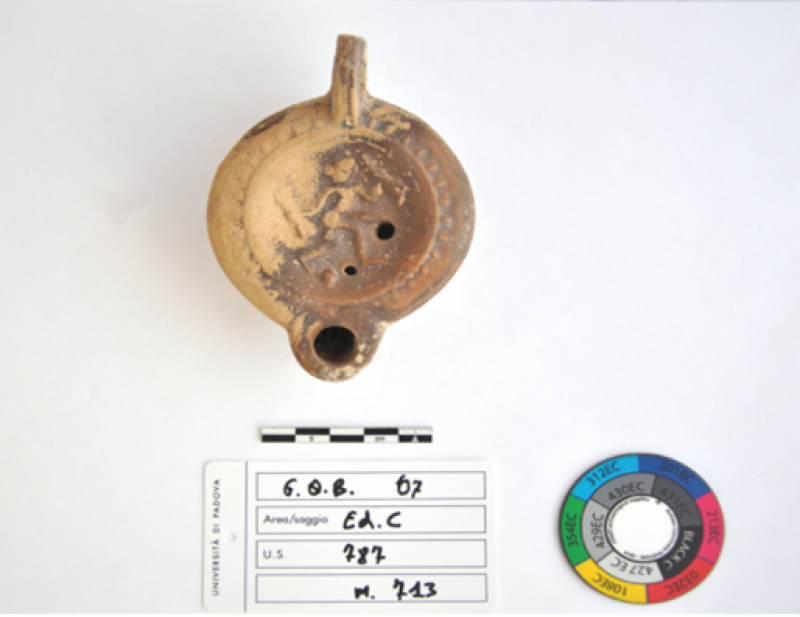
Fig. 3a: Photographs of oil lamps
The material developed during the campaign was further processed by students at Ruhr University Bochum as part of an exercise during the 2023/2024 winter semester.
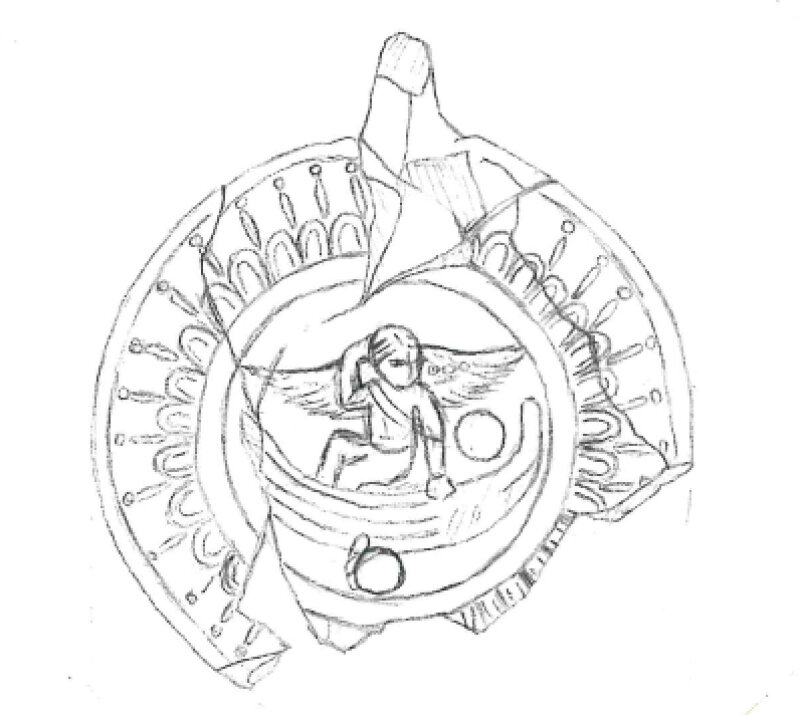
Fig. 3b: Manual drawings during the 2023 campaign
The students created initial 3D models based on the photographs and digitized the hand-drawn sketches of the lamps using the Vectorworks program (Fig. 4). The aim of the exercise was not only to learn how to handle original finds in a scientific manner, but also to develop and test a targeted documentation method on their own.
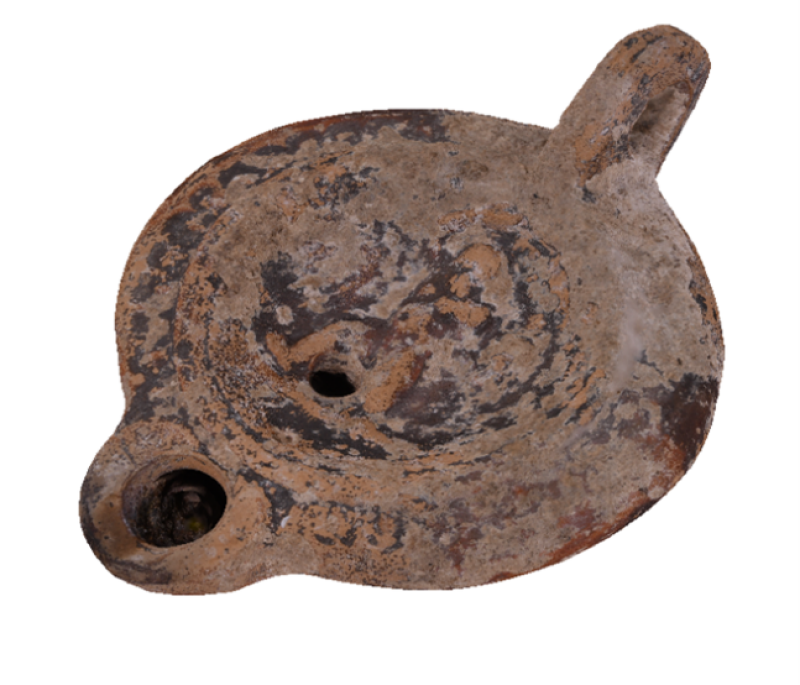
Fig. 4a: Post-processing documentation of the oil lamps in the form of 3D models
The hand-drawn drawings of the clay lamps were to be compared with the digitally generated drawings in order to identify the limitations of each method. The digitized redrawings and 3D models were then incorporated into digital archaeological teaching and will be made permanently available for additional learning units in the e-learning program offered by Archaeological Sciences (RUBeA – eLearning) (Fig. 5a).
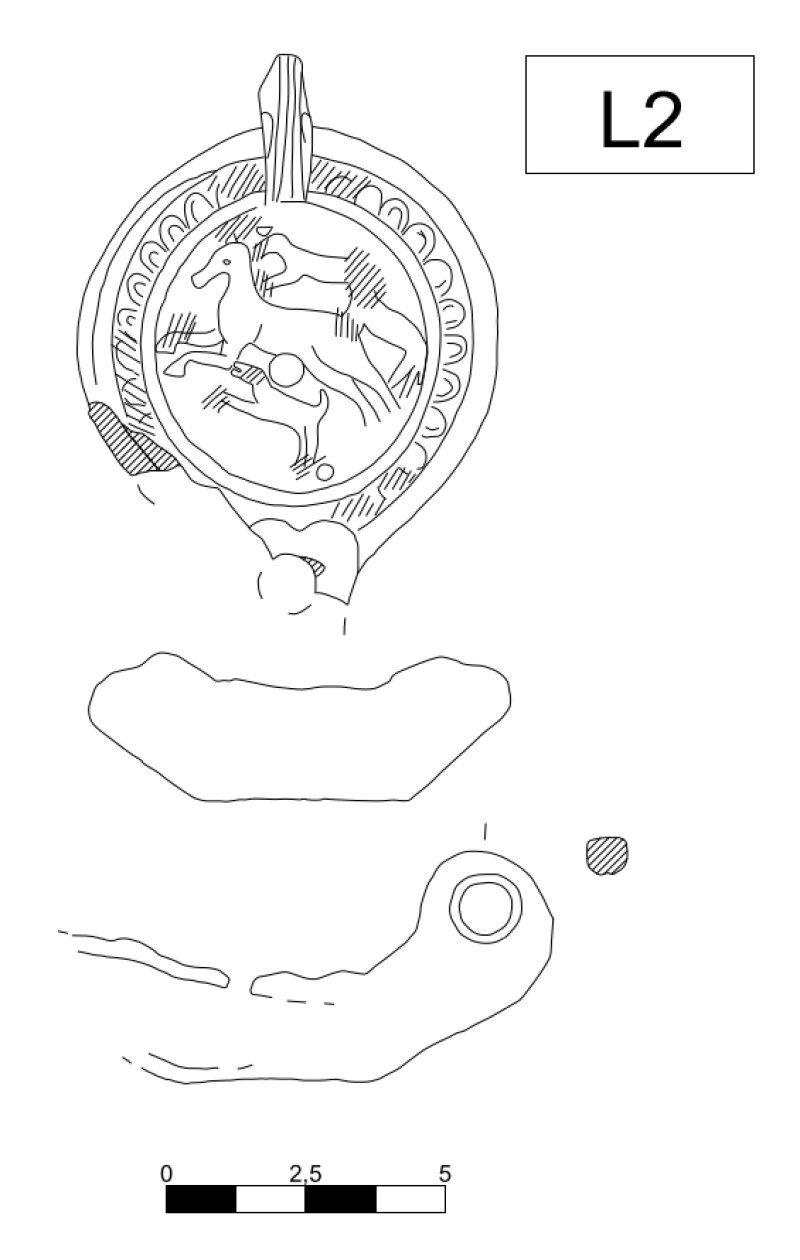
Fig. 4b: Post-processing documentation of the oil lamps in the form of vector redrawings
The experimental archaeological examination of the clay lamps allows for practical engagement with the material. Another aspect of the follow-up work is the attempt to recreate the Cretan picture lamps in Bochum in the teaching workshop of the Archaeological Institute (Figs. 5b and c).
The aim of the exercise was not only to learn how to document the finds, but also to develop and evaluate a suitable and reproducible documentation method. While the figurative discus on some oil lamps was well preserved and could be adequately documented by simple photographic recordings, most of the depictions proved to be heavily washed out or difficult to recognize. Since we also wanted to tackle manufacturing processes and the identification of different matrices in the following processing, precise recording and documentation was necessary.
In the case of Roman picture lamps, in addition to drawing the top view, profile, and cross-section, the representation of the image motif in the so-called mirror (disc) poses a particular methodological challenge. Due to the curvature of the surface, exact manual tracing is only possible to a limited extent. Therefore, the digital tracings of the hand drawings made on site were compared with the tracings of the orthophoto generated from the digital 3D models in order to systematically address the respective possibilities and limitations of analog and digital documentation methods.
By testing various combinations, a new documentation method was developed. Manual drawing continued to prove indispensable: the trained eye can detect fine reliefs and subtle surface details that are not always clearly visible in photographs or digital images. At the same time, it became apparent that hand-drawn technical drawings have their limitations due to perspective distortions—especially when manufacturing characteristics or matrix differences need to be captured precisely.
The evaluation therefore led to a hybrid approach: combining both methods offers the highest degree of accuracy. The mutual correction and supplementation of both methods proved to be particularly valuable from both a didactic and scientific point of view.
Based on these findings, we formulated a standardized procedure. The work is currently continuing: in the 2025 summer campaign, a further 143 oil lamp fragments were recorded. These pieces were inventoried, photographed, and drawn; then the detailed manual and digital 3D documentation began.
The digitized drawings and 3D models were then integrated into digital archaeological teaching. On this basis, additional learning units were created, which are now permanently available in the e-learning program of Archaeological Sciences (RUBeA – eLearning) (Fig. 5a).
In addition, an experimental archaeological approach was tested: In the teaching workshop at the Bochum Institute, we began to recreate and pottery the Cretan picture lamps in order to gain a direct understanding of the manufacturing processes and technical features of their form (Fig. 5b and c).
As part of the Classical Archaeology departmental colloquium, the students finally presented the research project and their initial findings to an internal audience. Another lecture is planned at the Thomas Morus Academy in Bensberg, so that the findings can be made available to a wider scientific audience. This public presentation also gave students the opportunity to gain practical experience in the field of science communication and to critically reflect on their methodological approach.
During the Classical Archaeology Colloquium in the winter semester of 2023/2024, the research project and the initial findings of Dr. Anna Bertelli and the participating students were finally presented at the Institute of Archaeological Sciences. Another lecture is planned for April 2024 at the Thomas Morus Academy in Bensberg, so that the findings can be made available to a wider scientific audience.
The successfully completed teaching and research experiment was followed in the 2024 summer semester by another exercise on the unique architecture and possible roofing of Building C: “Everything starts with a plan! Squaring the circle in archaeology.” The building was re-measured on site, analyzed, and documented photogrammetrically; and a 3D model was calculated on this basis (Fig. 6). As part of the exercise, the students intensively studied ancient building forms with similar floor plans and created digital plans of the structure and comparisons that allowed for both typological and functional parallels.
For future teaching, an exercise is planned that digitally merges the 3D models of the lamps with the reconstructions of the building in order to make the sensory effect of possible lighting situations in the darkness of the building immediately tangible.
Such a visual and spatial presentation makes it possible to perceive the square building with its round interior—probably artificially lit by oil lamps—in a sensory way, thereby gaining a better understanding of this enigmatic and unique structure.
Dr. Anna Bertelli
Academic Advisor
Classical Archaeology
Institute for Archaeological Science
Ruhr University Bochum
Am Bergbaumuseum 31, 44791 Bochum
Room: 0.3.7
Tel.: (0234) 32-19232
Mail: Anna.Bertelli@ruhr-uni-bochum.de
Lilly Johanna Eckhoff, Cara Klein-Raufhake, Simon Oskar Wehrle
Lilly Johanna Eckhoff, Cara Klein-Raufhake, Ozan-Eren Erçetin, Melike Kazan, Leonie Langer, Paul Rieckhof, Kalista Sajnovic, Noah Schmid, Simon Oskar Wehrle
Damaris Axmann, Antonia Becker, Stella Becker, Lilly Johanna Eckhoff, Ozan-Eren Ercetin, Marco Harig, Nils Koenen, Lina Kuche, Hanna Merk, Eric Neuhofen, Noah Schmid, Stefan Walter
Lilly Johanna Eckhoff, Era Garattini (Erasmus+ Traineeship), Nils Koenen, Lina Kuche, Lara Töreki M.A.
